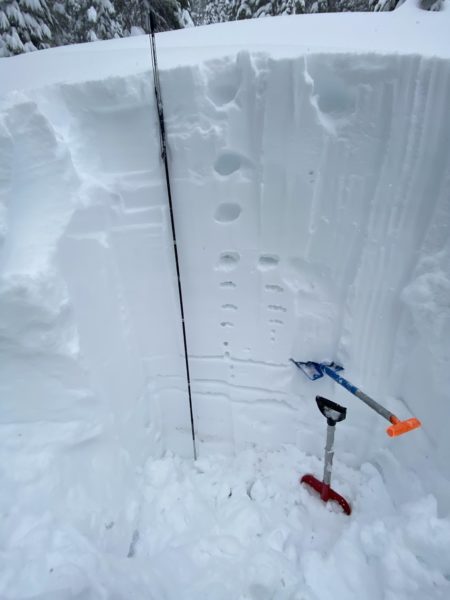Relatively warm and deep snowpacks due to coastal weather influences.
Maritime or Coastal snow climates are characterized by relatively warm temperatures, cloudy skies, frequent storms, and large amounts of precipitation that can be a mix of rain and snow. This generally leads to deeper and more homogeneous snowpacks that generally develop and preserve fewer persistent weak layers. Avalanche activity typically spikes during storms and subsides quickly, most commonly involving storm snow instabilities. The Cascade Range in Washington is a good example of a maritime snow climate due to its proximity to the Pacific Ocean.

